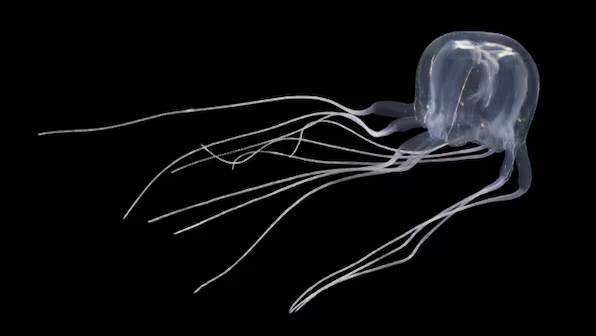Understanding the world’s most dangerous animals is crucial for both adventurers and those interested in wildlife. These creatures are known for their lethal abilities, whether through venom, sheer strength, or cunning hunting strategies. Here is a detailed exploration of the top 10 most dangerous animals in the world.
Top 10 Most Dangerous Animals in the World
| Rank | Animal | Key Danger | Notable Locations |
|---|---|---|---|
| 1 | Mosquito | Disease transmission | Worldwide |
| 2 | Box Jellyfish | Venomous tentacles | Indo-Pacific and northern Australia |
| 3 | Saltwater Crocodile | Powerful bite | Indo-Pacific, Australia |
| 4 | African Elephant | Size and strength | Sub-Saharan Africa |
| 5 | Cape Buffalo | Aggressive nature | Sub-Saharan Africa |
| 6 | Cone Snail | Toxic venom | Tropical and subtropical oceans |
| 7 | Golden Poison Dart Frog | Highly toxic skin | Rainforests of Colombia |
| 8 | Pufferfish | Deadly toxins | Warm coastal waters |
| 9 | Brazilian Wandering Spider | Potent venom | South America |
| 10 | Stonefish | Camouflaged venomous spines | Indo-Pacific region |
1. Mosquito

Key Danger: Disease Transmission
Mosquitoes are small but deadly. They are vectors for numerous diseases, including malaria, dengue fever, Zika virus, and West Nile virus. These diseases result in millions of deaths each year, particularly in tropical and subtropical regions.
Notable Locations
- Worldwide
2. Box Jellyfish

Key Danger: Venomous Tentacles
Box jellyfish are among the most venomous creatures in the world. Their tentacles contain toxins that attack the heart, nervous system, and skin cells. A sting can cause excruciating pain and can be fatal if not treated immediately.
Notable Locations
- Indo-Pacific
- Northern Australia
3. Saltwater Crocodile

Key Danger: Powerful Bite
Saltwater crocodiles are the largest living reptiles and are known for their aggressive nature and powerful bite. They can take down large prey, including humans, with their immense jaw strength.
Notable Locations
- Indo-Pacific region
- Australia
4. African Elephant

Key Danger: Size and Strength
While generally considered gentle giants, African elephants can be extremely dangerous when provoked or threatened. Their size, strength, and speed can make them lethal.
Notable Locations
- Sub-Saharan Africa
5. Cape Buffalo

Key Danger: Aggressive Nature
Cape buffalos are highly unpredictable and are known to charge at perceived threats with incredible force. They are responsible for numerous fatalities in Africa each year.
Notable Locations
- Sub-Saharan Africa
6. Cone Snail

Key Danger: Toxic Venom
Cone snails possess a harpoon-like tooth capable of injecting potent venom that can cause paralysis and death. Despite their beautiful shells, they are extremely dangerous.
Notable Locations
- Tropical and subtropical oceans
7. Golden Poison Dart Frog

Key Danger: Highly Toxic Skin
These small, brightly colored frogs have skin coated with batrachotoxin, a potent chemical that can cause paralysis and death. Just one frog has enough toxin to kill several humans.
Notable Locations
- Rainforests of Colombia
8. Pufferfish

Key Danger: Deadly Toxins
Pufferfish contain tetrodotoxin, a substance that is 1,200 times more toxic than cyanide. This toxin can cause paralysis and death, and there is no known antidote.
Notable Locations
- Warm coastal waters
9. Brazilian Wandering Spider

Key Danger: Potent Venom
Known for their aggressive behavior and potent venom, Brazilian wandering spiders can cause severe pain, paralysis, and even death. They are often found in urban areas, increasing the risk of human encounters.
Notable Locations
- South America
10. Stonefish

Key Danger: Camouflaged Venomous Spines
Stonefish are masters of camouflage, blending perfectly with their surroundings. They have venomous spines that can deliver a potent toxin, causing severe pain, paralysis, and potentially death.
Notable Locations
- Indo-Pacific region
Conclusion
Understanding the dangers posed by these animals helps in avoiding potentially deadly encounters. While these creatures are fascinating, they remind us of the wild’s inherent risks and the importance of respecting wildlife.


